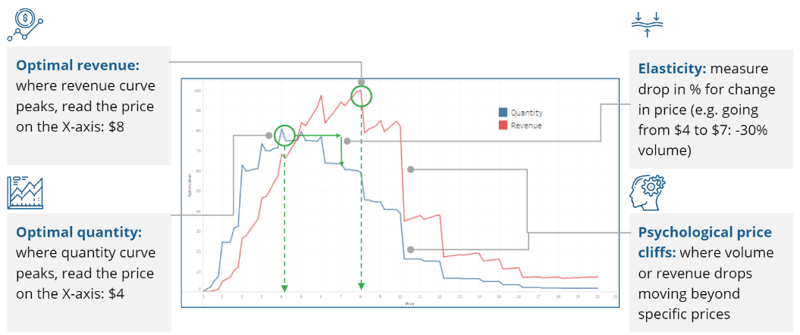A Customer Story - What does your Brand Positioning say about your Brand?
 PriceBeam
·
3 minute read
PriceBeam
·
3 minute read
%20(1).png?width=804&height=268&name=Brand%20positioning%20(804%20x%20268%20px)%20(1).png)
Everything starts with brand positioning – this conveys not just what you sell or services you provide, but the values, and the space in the market it has according to your consumers/customers. In the ever-changing and vast market, it is a necessity to stand out, this is where brand positioning comes in. Brand positioning is more than just a spot on a marketing map, it reflects what your target audience feels about your brand.
Your unique value proposition is at the core of your brand positioning – this highlights what your brand promises to deliver, distinct from your competitors. Getting this right is fundamental.
In a dynamic market landscape, brand positioning acts as a strategic compass guiding your marketing strategies, product development, and customer engagement efforts. It ensures that all aspects of your brand are moving in the same direction, towards the realization of your vision and goals.
Effective brand positioning helps define your focus on market segments or segments that are the best fit for your brand. It ensures that your marketing efforts and product development are tailored to the specific needs, preferences, and behaviors of these segments, maximizing your brand's appeal and market impact.
%20(4).png?width=800&height=267&name=Brand%20positioning%20(804%20x%20268%20px)%20(4).png)
🔭 Let’s take a closer look using a PriceBeam Case Study.
A major global stationary brand conducted a PriceBeam Comparative Willingness-to-Pay study to understand not only the willingness to pay for their product against their competitors but also their brand positioning within their target market.
Here’s a little background about the brand:
Challenges they were facing:
The brand had some issues with its pricing as a couple of its retailers were dropping the prices by 50%, therefore the brand needed to understand what pricing strategy would work the best and where they are placed in the market.
Therefore, the brand needed to optimize its pricing strategy by determining the consumer’s willingness to pay, while maximizing sales and profitability.
What they achieved with the study:
The study type helped the client understand psychological price points, pricing thresholds, and price cliffs as well as channel segmentation and more. There was also the possibility of comparing their offering versus the competitors.
The results of the study highlighted a lot of potential for the brand to improve its positioning as its brand awareness was low, as only 20% of respondents shopping within the category knew the brand.
Recommendations based on the study:
Therefore, it was highly recommended that the brand needed to increase its brand awareness. The study also highlighted that the brand should consider an Everyday Low-price Strategy rather than a Hi/low-price strategy as this would help increase volume.
Overall, it was recommended for the brand to increase awareness and introduce an Everyday Low-price Strategy to increase sales and revenue.

Now that you have read how a PriceBeam customer used our Comparative Willingness-to-Pay study to understand their pricing strategy and their brand positioning. Here are some actionable strategies to help you enhance your brand positioning:
- Conduct market research: We may be biased with this point but using the stationary brand as an example shows how crucial it is to conduct market research to gather insights about your target audience, competitors, and how much your target market is willing to pay.
- Define your value proposition: To improve your positioning, ensure your UVP addresses a real need, stands out in the marketplace, and is easily communicated. It should be specific, compelling, and resonate with your target audience.
- Segment your market: tailoring your positioning strategy to specific segments can make your brand more relevant and attractive to different groups within your broader audience.
- Understand your competitors: A comprehensive competitor analysis can reveal gaps in the market that your brand can fill. Understand where they are positioned within the marketplace against your brand, what differences would make your brand the brand of choice?
- Highlight Social proof: Social proof, such as customer testimonials, reviews, and case studies, can enhance your brand's credibility and reinforce its positioning. Showcasing these across your marketing channels helps improve your brand name along with positioning.
%20(3).png?width=804&height=268&name=Brand%20positioning%20(804%20x%20268%20px)%20(3).png)
Conclusion
Improving your brand positioning is an ongoing process that requires attention to detail, creativity, and strategic thinking. By focusing on these key areas mentioned in the blog, you can enhance how your brand is perceived in the market, attract and retain loyal customers, and ultimately drive business success. The stationary brand is a perfect example of using market research to find out how much your customers are willing to pay, how well-known your brand is, and its position within the market.
Happy Reading! 📖
Want to learn more about the customer story? Book a call with one of our experts ⬇️
.png?width=400&height=100&name=PBLogoTransparent%20(1).png)




